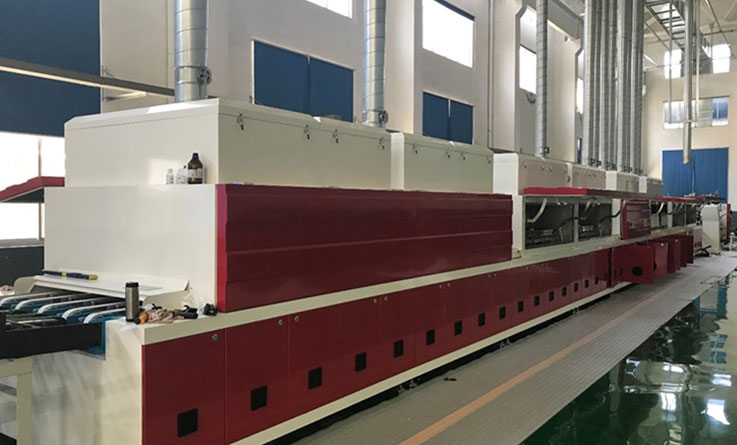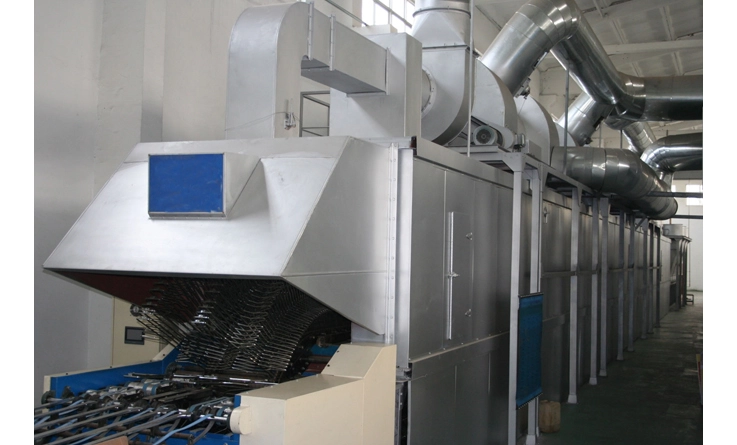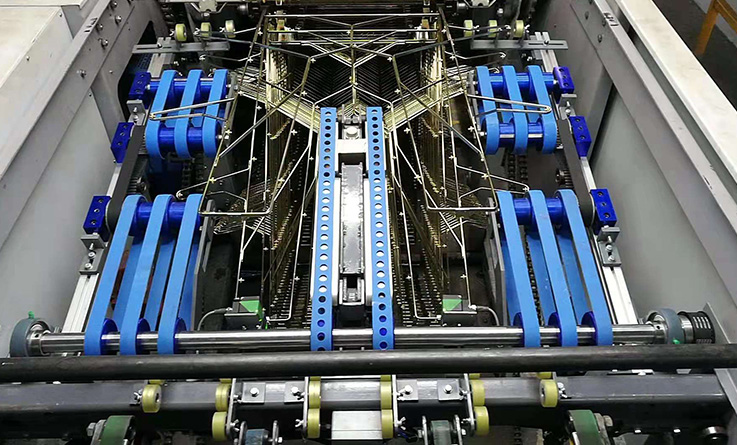The development of metal containers has not been smooth sailing. The key to obtaining high-quality metal printed products based on the printing principle and printing process technology is the process quality control during printing.
Tinplate printing has many similarities with paper product printing in terms of color separation, plate making, proofing, printing, and the process from start to finish. However, tinplate printing is a special process, and each operation is unique despite similar process design of each procedure. The following is a brief discussion of the process design and control points of tinplate printing.
1. Color separation in tinplate printing
Currently, tinplate equipment mainly uses single-color and multi-color printing machines. Due to the limitations of printing equipment and materials, as well as customer packaging requirements, the color effect achieved using traditional color separation methods may differ significantly from the original manuscript provided by the customer. Therefore, the use of special colors, such as Pantone colors, is prevalent in tinplate printing to replace multi-color overprinting in order to avoid inaccurate overprinting, rubbing, significant color differences, and many defective products.
In addition, the use of halftone dots and coarse wire is also popular to reduce the number of printing dots and increase the size of individual dots over the entire area. Therefore, color separation in the tinplate printing process is a critical link.
2. Determining the drawing in tinplate printing
Tinplate drawings include three elements: tinplate positioning rules, product arrangement, and the three roller factors used when applying coatings. Tinplate positioning rules refer to the bite and body orientation and size and are the basis for printing. Product arrangement is the basis for plate making. The arrangement of different products depends on their properties, so the smallest and largest product sizes for tinplate must be considered when determining the product arrangement, while also keeping the arrangement method as economical as possible. The applicator roller is a tool for applying coatings. The coating method varies according to whether internal coating is required, such as full-page coating, vertical blank coating, and horizontal blank coating for products.
3. Determining the substrate materials in tinplate printing
Because different products require different thickness, tin layers, hardness, and annealing of tinplate, based on product properties, these factors must be determined to meet the printing and subsequent needs of the can and box manufacturing processes, respectively. The final printing surface is also defined.
4. Coating in tinplate printing
Tinplate is not the end goal but a means of decorating metal packaging, such as tin cans, bottle caps, toys, etc. To create vivid, bright graphics on the metal sheet, coating plays a crucial role. It improves the adhesion between the tinplate and the ink film, protects the ink layer, increases the luster of the design, and prevents the container from discoloring or peeling during the final shaping process.
For food can coating, in addition to achieving colorful, bright designs, coating can also prevent the contents from being contaminated chemically and biologically, reduce the risk of leakage, maintain the flavor and color of the food, and extend the storage time. Various coatings, such as Gold lacquer, Pearl lacquer, and Matt lacquer are also used for decorative effects in beverage cans, packaging boxes, etc.
The coatings used in tinplate printing primarily consist of film-forming substances, pigments, drying agents, additives, solvents, etc. They can be classified into three categories: inner coating, outer coating, and over-varnish, which are usually determined based on product properties and drawings. Since the coated tinplate must be baked at a specific temperature after ensuring a certain film thickness, the baking temperature is crucial.

 English
English français
français Deutsch
Deutsch Español
Español italiano
italiano русский
русский العربية
العربية tiếng việt
tiếng việt Türkçe
Türkçe فارسی
فارسی magyar
magyar Ελλάδα
Ελλάδα Burmese
Burmese


